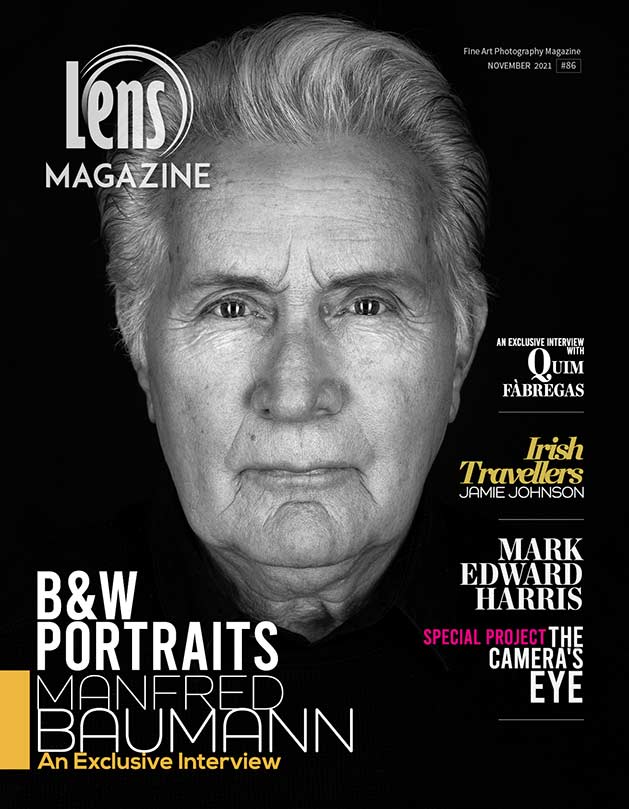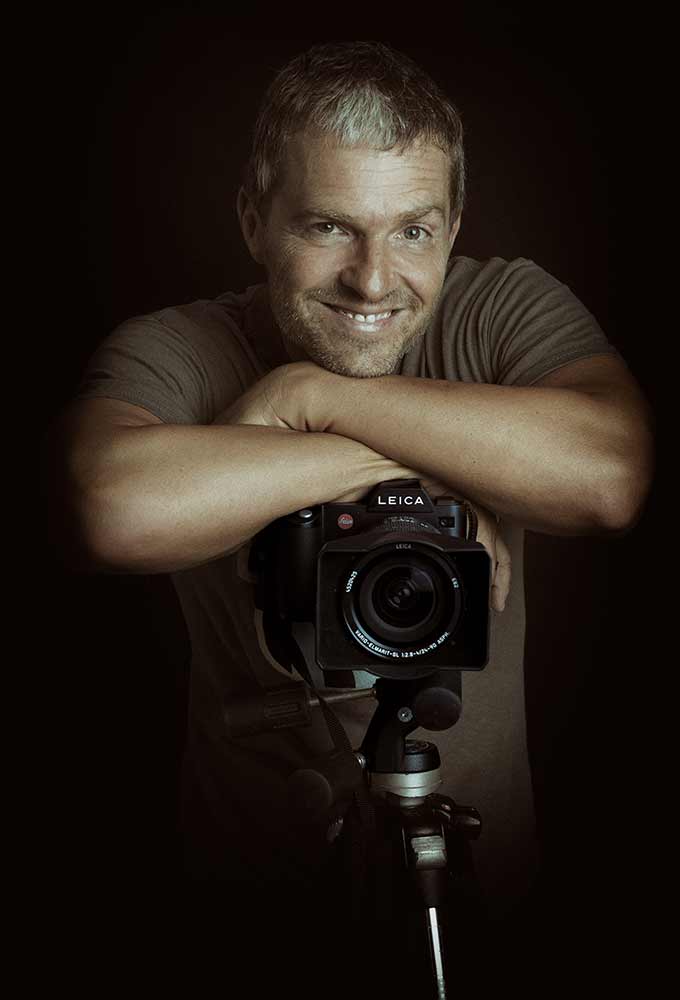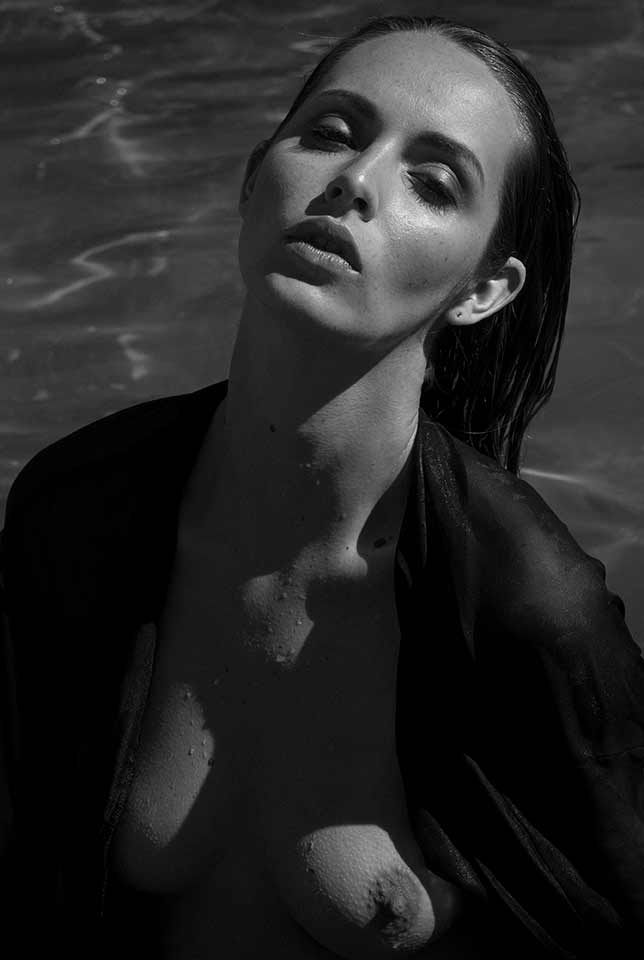“My grandfather had won many photo competitions; he dealt with artistic b/w photography. We grew up in the mountains of Austria, and his work later reminded me a lot of Ansel Adams’ landscapes artistic style. He gave me my first camera, a Praktika 1000, and I still have it. Without him, I might never have gotten into photography!”
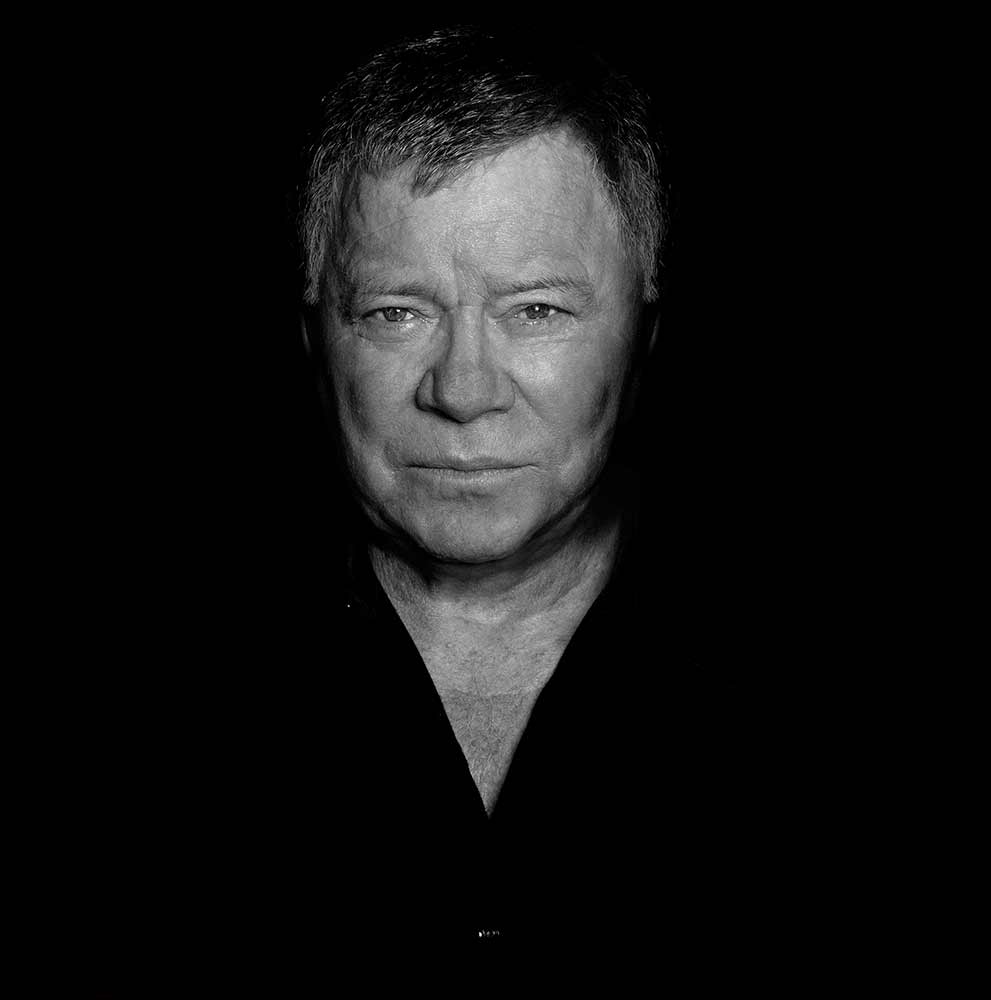
Manfred Baumann © All rights reserved.
Manfred Baumann was born in Vienna in 1968. The Leica photographer has since presented his works worldwide in exhibitions, books, and calendars. His photographs are displayed in museums as well as in international galleries. Over the past years, Baumann has taken his place among the most influential photographers of our time. Baumann created projects for some of the largest and most influential brands internationally, including Gucci, Adobe, BMW, Loreal, Swarovski, Vogue, Nike, Sony, Lufthansa, and many more.
Baumann is an Ambassador of the iconic camera brand Leica; he is also a frequent collaborator with National Geographic. It is a pleasure publishing an interview with such a magnificent photographer!
An Exclusive Interview With
Manfred Baumann
By José Jeuland
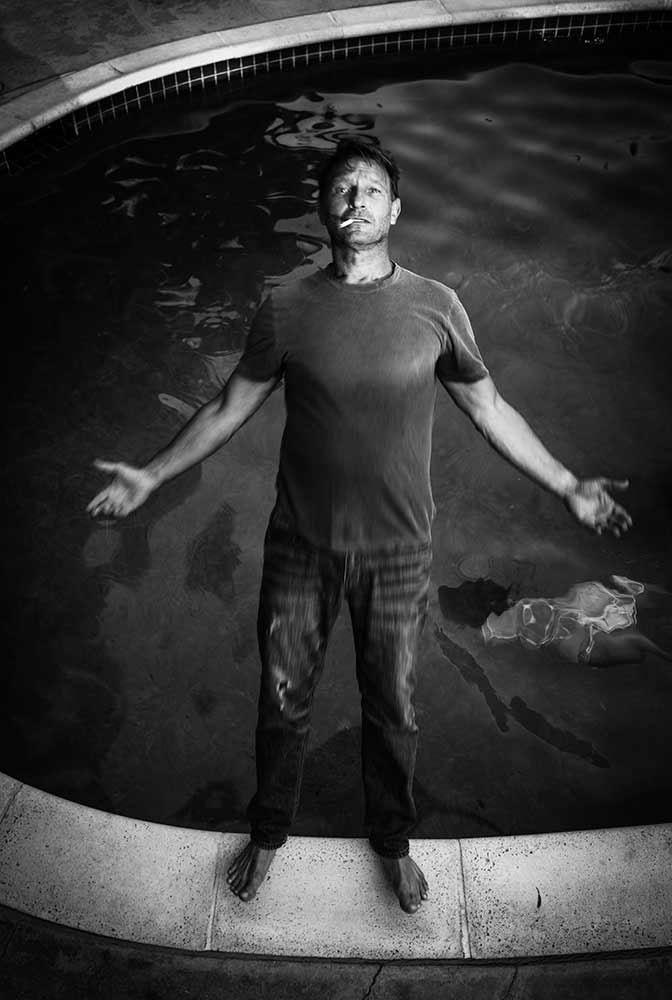
Manfred Baumann © All rights reserved.
José Jeuland: Thank you for this interview, Manfred. Can you share with us your youth? As I understood, you have graduated high school at a very young age and started working at the age of sixteen. How did this affect your social communication and feeling at the time?
MANFRED Baumann: I have loved photography since I was ten years old but never saw it as a job; it was more a hobby.
I looked for a job at an early age, so I could afford the equipment. I wanted to do photography as a sideline. I got to know many nice people, and I love people, so I learned to listen to them. This approach later became noticeable in portrait photography. Also, as a retail salesman, I learned that it is not enough to understand your craft but also to market yourself properly.
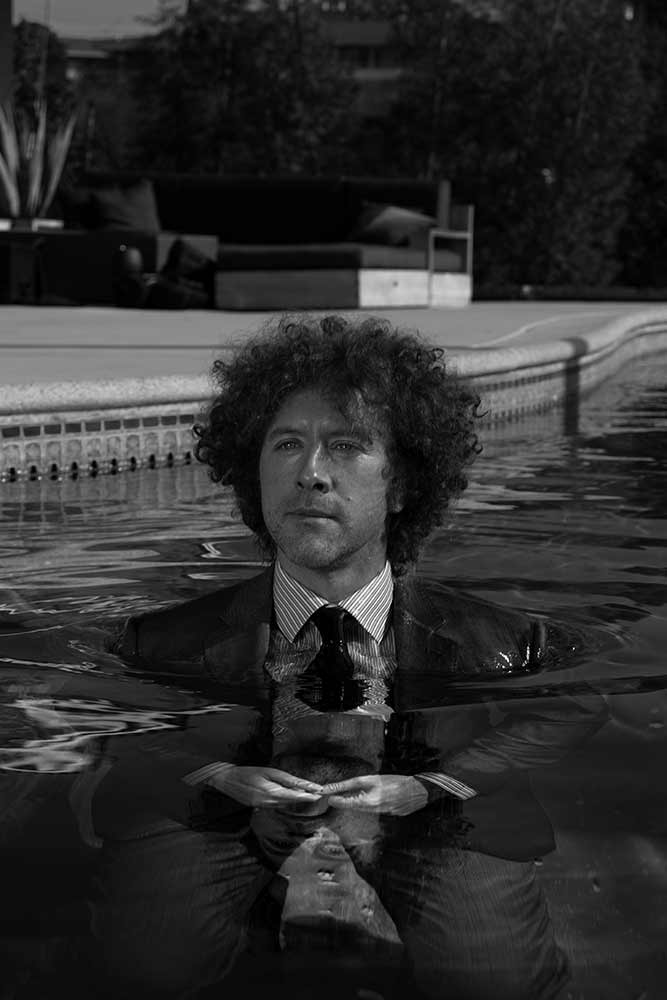
Manfred Baumann © All rights reserved.
J.J.: How did you start with photography? Your grandfather was a professional photographer and also a great inspiration for you. What kind of photography was he doing? What was his artistic style?
M. B.: My grandfather had won many photo competitions; he dealt with artistic b/w photography. We grew up in the mountains of Austria, and his work later reminded me a lot of Ansel Adams’ landscapes artistic style.
He gave me my first camera, a Praktika 1000, and I still have it. Without him, I might never have gotten into photography!
J.J.: How did you start your journey in photography? What was the “key point” of your career and success? Was it more accessible at the time (Compared to today’s challenges)?
M. B.: I didn’t find it easy, more contrary. First, I learned everything myself; I didn’t study photography or was an apprentice. Realized that I wanted to do it full-time when I read a biography by Helmut Newton, but I didn’t know where to start then. How I found my customers, models, assignments,… There was no internet or email. So you had to go to each customer yourself or send my portfolio over there. I believe that every time has its advantages and disadvantages.
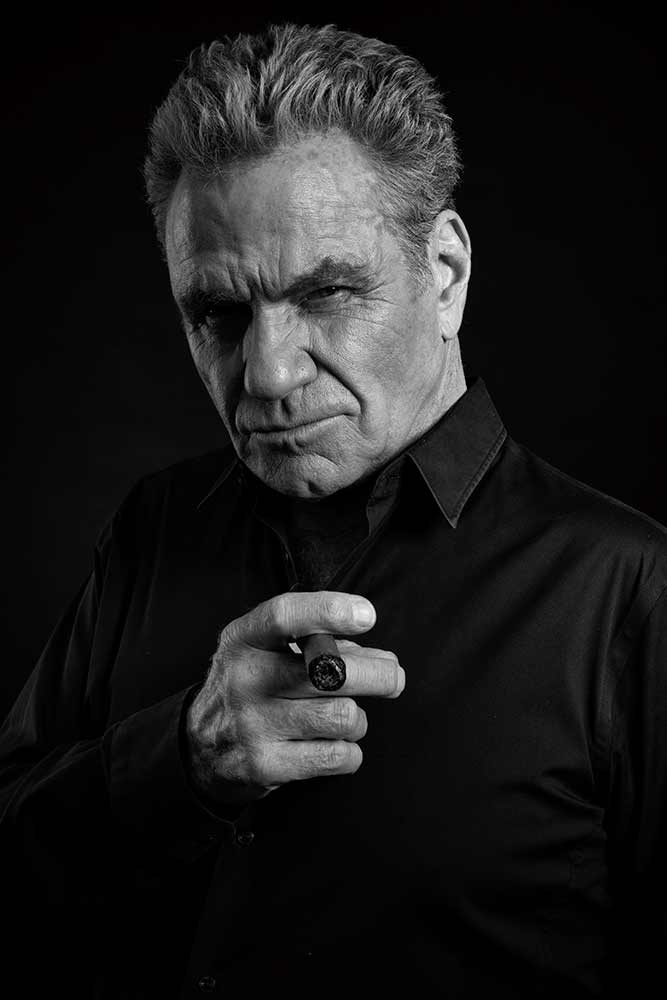
J.J.: You seem to be a very busy photographer; you conduct photography workshops, publish photography books, and do exhibitions. How do you organize your time? Do you have a team with full-time employees? Do you have an agent?
M. B.: I once had an agency and an office, but the constant change of employees, many appointments, meetings had almost brought me to burnout. Since my wife has taken over my management for nearly ten years, it is much better.
She understands me best; she doesn’t need to consult with me all the time. She has her personal assistant, and I mine on the set, so I concentrate entirely on my art & photography!
J.J.: We can see on your website that your wife Nelly Baumann seems to be very present on set or in your project. Does she work with you? If yes, what is her role?
M. B.: Nelly is my muse, my sunshine, my wife, my agent, and not only that, she made the Makeup 99% of all models and celebrities I have ever photographed. To this day, I still don’t know how she manages all of this; I love her like crazy and this for more than 25 years!
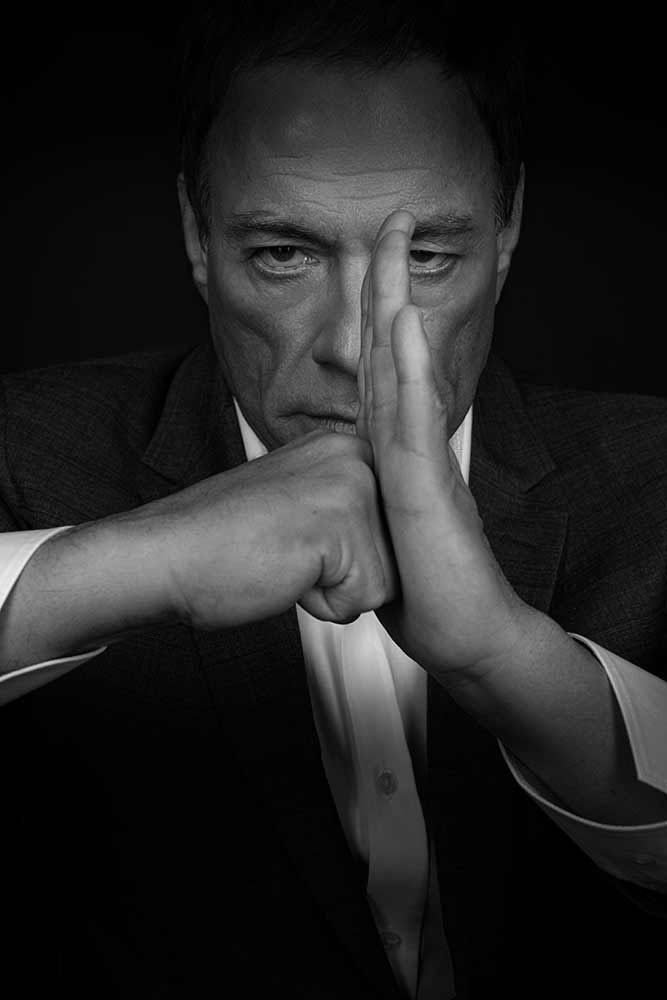
Manfred Baumann © All rights reserved.
J.J.: If I may, a more personal question: Your wife Nelly Baumann is being photographed in your projects in a boudoir approach and nudity. This is uncommon for photographers. Can you tell us about it? How did you start?
M. B.: One of my greatest role models is and remains Helmut Newton; he was also very lucky with his wife June and has taken a lot of photos with her. I recently read the book “Mrs. June” it touched both of us very much that we have a lot in common. She is my muse, and muses are also painted, photographed, and shown to the public.
J.J.: You photograph a lot of different genres. Do you have a favorite one?
In which do you think you’ve accomplished your skills the most?
M. B.: I love the variety; I want to show people different stories. Things that you might not have seen without me.
The Mustangs’ wild horses have impressed many people; It was also my first exhibition in a National Museum.
But I also love my project with the homeless or the 100-year-olds. And it’s great to meet and take photos of stars like Olivia Newton-John at home.
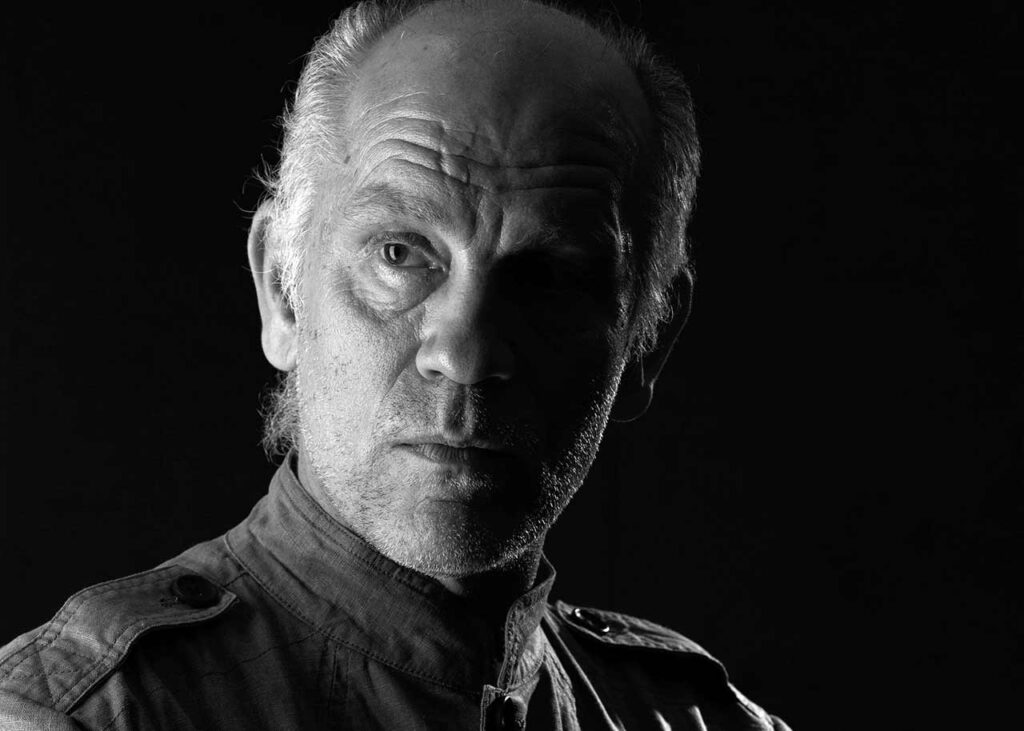
Manfred Baumann © All rights reserved.
J.J.: As a professional photographer and all your activities, what is the most significant section in your business? (between your commercial work, exhibition, books, prints, etc.?)
M. B.: I would say the art of learning to see appropriately. Photography or the craft of photography can be learned quickly, but surprising people with its imagery is the real art and difficulty.
J.J.: There are not many known Celebrities Photographers. How did you start your celebrity ongoing project? How do you get the opportunities to photograph international stars, and what can you tell us about the personal communication behind the scene?
M. B.: This would be a long story; it could fill a whole book or two. I have photographed over 300 celebrities and visited stars like Kirk Douglas, Martine Sheen, or Gene Simmons at home, and I heard many great stories. I had so many lovely moments with them, my wife and I, we really appreciate this!
It started with Sir Roger Moore buying one of my photographs in an exhibition in Hamburg. Then we became friends, and he was also the first international star that I photographed. I remember well when we agreed on the shooting in Dubrovnik, when we met him, in a more intimate and personal way for the first time, my wife and I were very nervous. But, whether everything worked out, he was very friendly and accommodating.
He politely asked me if he could do the interview with a journalist first to have more time to take pictures afterward. After that, Nelly did the makeup, and we chatted a lot about photography which he loved and collected.
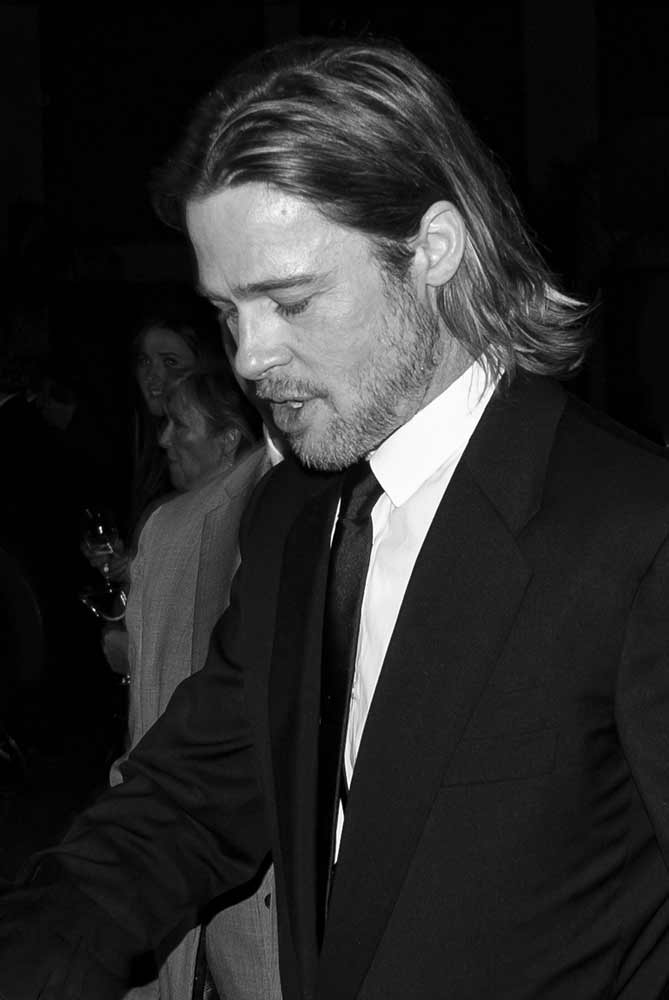
J.J.: What is your most memorable experience with a celebrity? Did you ever have a miscommunication with a celebrity that made the portrait session very difficult?
M. B.: Honestly, I didn’t have any. Nelly and I always like family on set; we show respect but not fear or nervousness.
The stars quickly notice that and love it; we have made friends with many of them and are in regular contact. The managers and celebrities always ask for us when we’re back in L.A.!
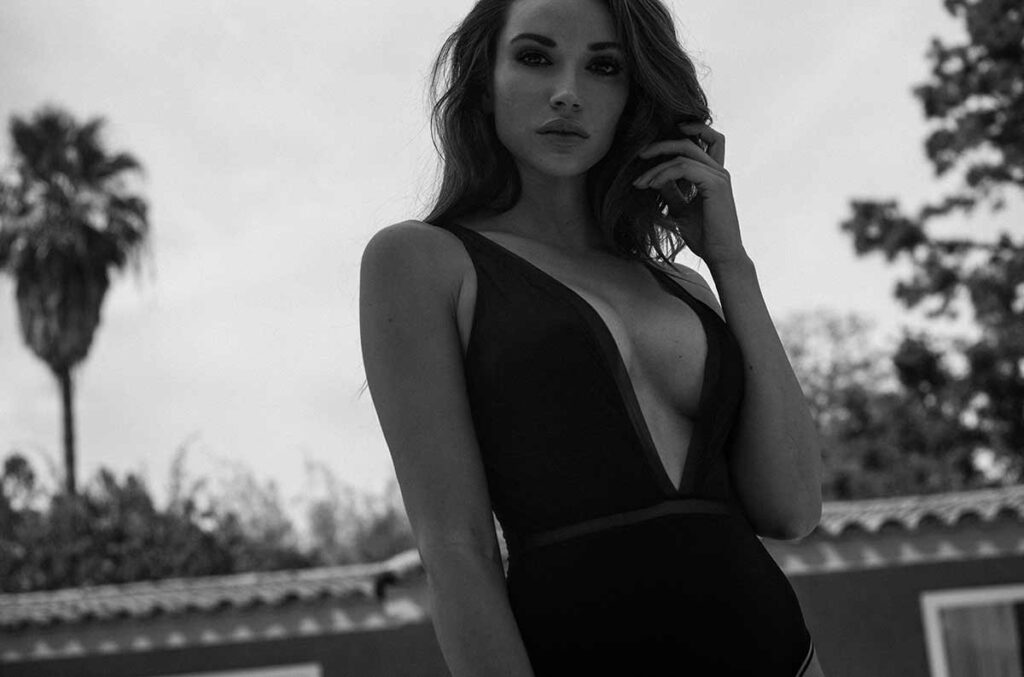
Manfred Baumann © All rights reserved.
J.J.: Your photography is mostly in black and white. What is the importance of light and shadow in your work, and do you think you could have also reached the same dramatic outcome in color?
M. B.: For me, the viewer’s fantasies must be stimulated. Of course, that happens more when he sees a picture in b/w than in color. The viewer has to think about it, not just what the picture is supposed to tell me; it must stimulate the imagination, raise the questions of what color the lipstick, the dress, the car, or the dog could be. If someone looks at a picture for more than two seconds today, You have already won. I also think that photography in B.&W is timeless.
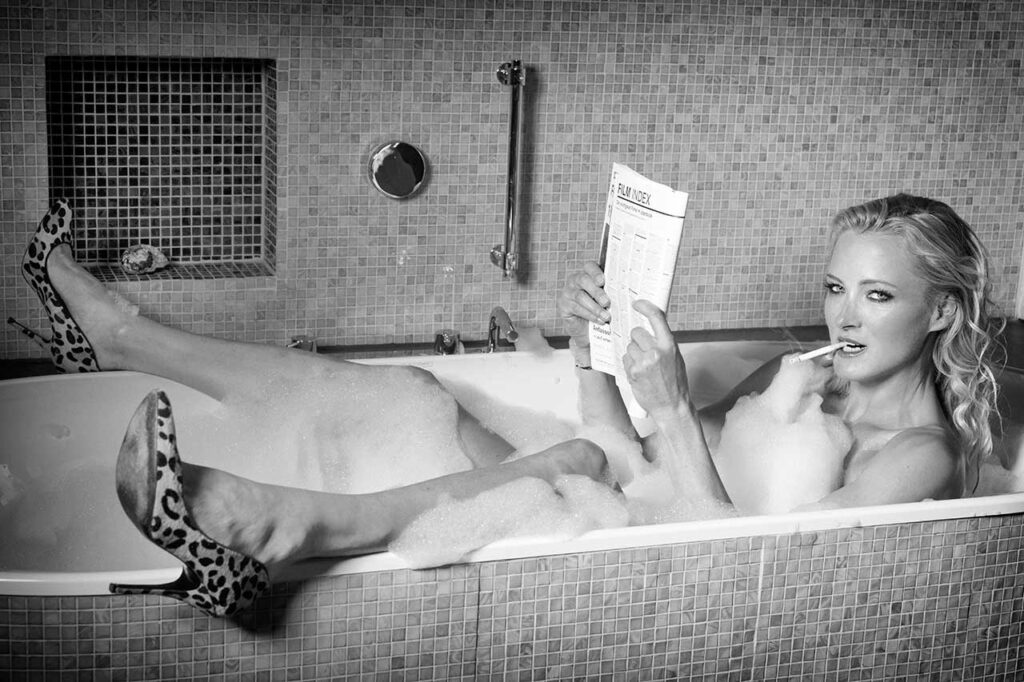
Manfred Baumann © All rights reserved.
J.J.: Be an ambassador of a legendary camera band like Leica; how does it impact or benefit your work or your career? When did this collaboration start? What is your involvement with such a brand?
M. B.: For me, Leica is more than just a great camera; it’s a family where I find friends all over the world; it also includes all Leica employees, technicians, store managers, and gallery owners. And Leica, the inventor of the 35mm camera, has so many great stories to tell. I also love to work in a reduced way; I don’t let the camera tell me what my picture should be.
The eye does not take the photo; the camera is.
J.J.: What is your precious moment or achievement in your photography career?
M. B.: When I met my wife, Nelly!
J.J.: The global Covid situation has seemed to improve in the past half a year; it is easier to travel. How did the global pandemic affect your work? Did you have to postpone some of your projects? Did you find creativity also in the lockdown periods?
M. B.: It’s a difficult time, which shows that we humans need to move closer together and be united in many more things. We had to postpone great projects and canceled exhibitions in Dubai, Portugal, Vienna, and Chicago. But there was also something good about it; I published my new photo book “FACE TO FACE” together with Leica & Hatje Cantz Publisher, which is available in all Leica Stores and good bookshops worldwide.
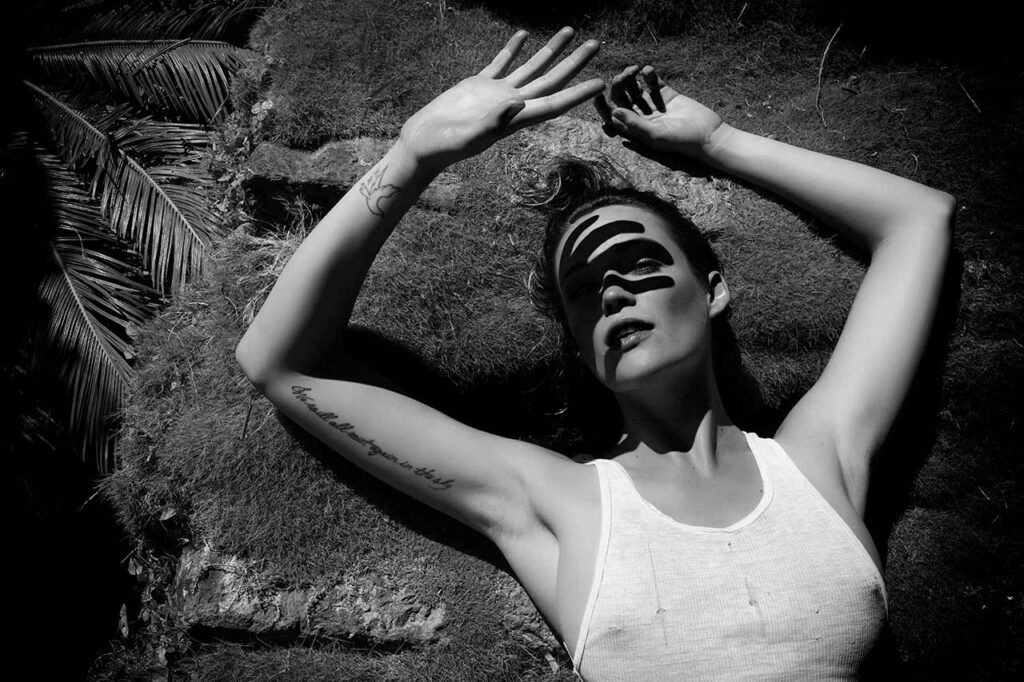
Manfred Baumann © All rights reserved.
J.J.: You have already achieved so much. What are your dreams and goals?
M. B.: My main goal is to be satisfied and happy with my wife Nelly and, of course healthy, this is the most precious good. Professionally, I would like to show my works in many galleries and museums worldwide, and I also have some great new projects ahead of me.
J.J.: What advice can you give our young photographer’s readers trying to succeed in the field?
M. B.: Only photograph what you really love and combine the passion of photography with great projects and stories. To deal a lot with art and master photographers of bygone days. And finally, follow the 6 rules of the game of success: goal, perseverance, will, enthusiasm, passion, and love.

